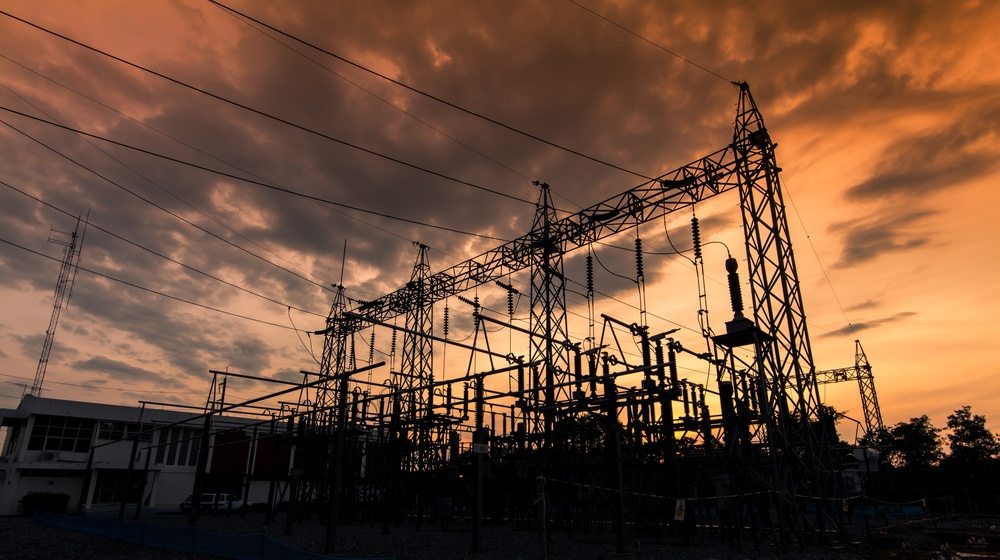 Traditional operational and information systems are changing due to smart grid technology, which is driving grid operations to new levels of efficiency. How will this affect your grid operations?
Traditional operational and information systems are changing due to smart grid technology, which is driving grid operations to new levels of efficiency. How will this affect your grid operations?
A lack of communication between operational and information systems and silos is a key challenge in today’s grid operations. With the emergence of smart grids, which are more operationally efficient, there is more and more data that needs to be handled efficiently.
Efficient handling requires siloed data to communicate across various systems. A smart grid is an electricity supply network that uses digital communications technology to detect and react to local changes in usage. However, as we move toward this digital grid, the traditional operational and information systems will change accordingly.
RELATED: The age of drones in grid operations is here
Power outages are a good example. Today, utilities usually have difficulties identifying outage causes, often relying on customers to inform them of power supply disruptions. The problem is ineffective data handling.
This will change with smart grids, but requires cross-communication between data from different silos. Cross-communication enables you to easily access relevant data to identify what component caused the outage, where the fault is and which of your customers it has affected.
The next generation of grid operations will blur the boundaries between traditional service silos. Although conventional systems are unlikely to disappear entirely, you will see fundamental changes in your operational systems.
 SCADA
SCADA
Supervisory Control and Data Acquisition (SCADA) systems monitor and manage industrial processes. They interact with physical components and processes.
RELATED: A practical migration path to utility network modernization
As SCADA is mainly used to operate the high voltage grid, it is unlikely that it will be replaced anytime soon. Replacing it would compromise security, as it influences too many aspects, making it the last fortress standing.
DMS
A Distribution Management System (DMS) is designed to effectively monitor and control the distribution grid in a stable way. Utilizing data from other systems (such as SCADA and network information systems), it gathers, organizes and visualizes real-time data for analysis, predictions and optimization of the smart grid.
The problem with today’s DMS is it only solves yesterday’s problems. Tomorrow’s DMS will be a set of functions in a wider system, where big data analysis, machine learning and artificial intelligence will present new prediction opportunities.
AMI
Advanced metering infrastructure (AMI), or smart meters, is a big step on the path to modernizing the electric grid. For utilities, the large-scale roll-out of smart meters will enable automatic meter readings down to the hour.
However, AMI is more than energy meters that can be remotely read. It’s a technology that allows you to monitor the load on your infrastructure, gather price information instantaneously, automatically control appliances, access historical consumption data, and provide new possibilities for communication.
Ultimately, systems will become more computer based. This will be in the form of smart meters placed in homes, with communication systems that automatically collect data.
NIS
A network information system (NIS) is used to operate different types of networks, including electricity, water and gas. It collects and manages all relevant data in the network, from a component overview to information regarding operations, design and construction.
The functionality of NIS will move closer to geographic information systems (GIS), advanced mapping systems with geographically placed components, visualized according to your needs.
[youtube https://www.youtube.com/watch?v=HEXRNC9R8mA?start=6&w=400&h=225]
Smart grid technology will improve communication across silos
Merging information from different systems will make room for a new system with more comprehensive functionality. For example, if there’s a fault in a certain electrical component, SCADA will register the fault and correlate the data with the other systems, even customer-related systems, enabling utilities to identify exactly which component needs to be replaced, where it is and which customers the fault has affected.
The emergence of the smart grid will require an overarching system capable of communicating with the various operational and informational systems for effective grid operations. While not all existing systems are outdated, some will be replaced with broader platforms that have enhanced functionality.